When it comes to paleo eating, there are many grey area foods such as some grain-like ingredients and young legumes. I believe that a flexible approach to most foods is what is truly sustainable. How about something innocuous and seemingly innocent like buckwheat? It’s not pizza or a cookie, and in fact, if you do some research, you’ll quickly find out that it’s often touted as a health food.
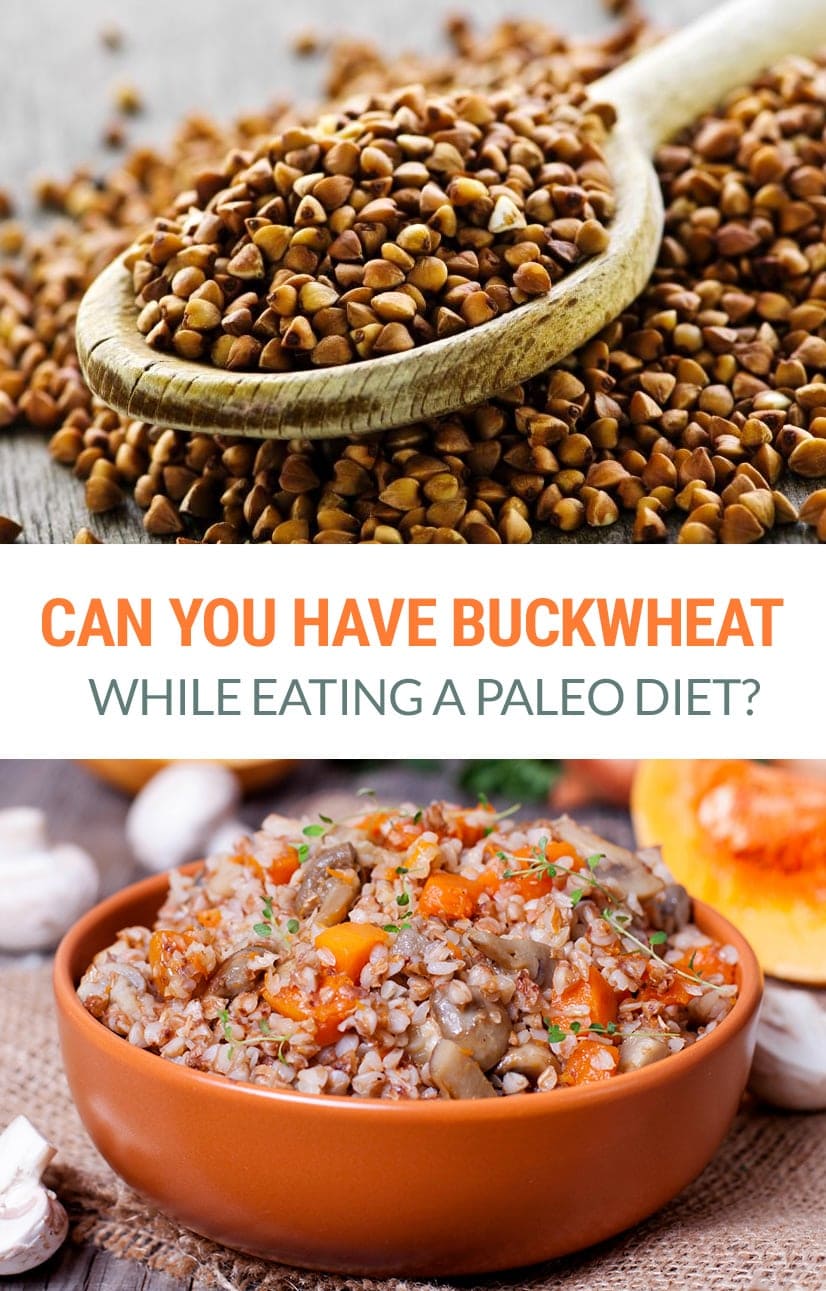
Could You Add Buckwheat To A Paleo Diet?
Well, in short, it depends on how you define paleo and how paleo serves you in your daily life. In my 8-week paleo program, buckwheat is a welcomed reintroduction after the stricter ‘reset’ phase, and there’s a reason I put it there!
Today, I want to clear up some misconceptions, teach you more about buckwheat, and answer any questions you have.
You might also be interested to read my similar posts on white rice, quinoa, white potatoes, amaranth, peas, oatmeal, and miso.
The Nutritional Profile Of Buckwheat
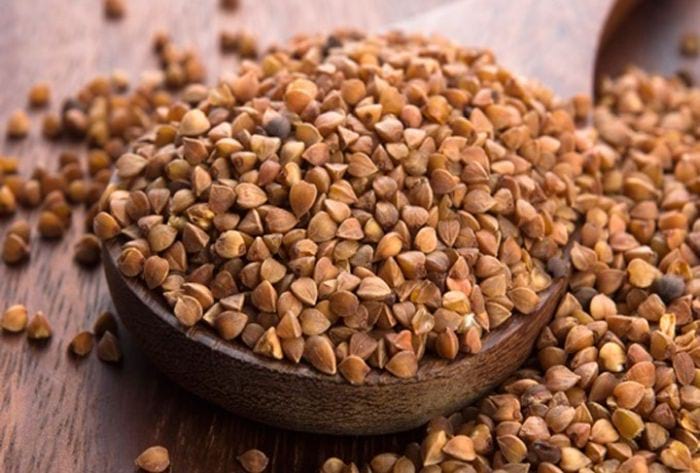
The first thing is first: yes, buckwheat is a pseudo-grain (it’s a seed that has similar properties to grains). As the paleo diet is 100% grain-free, strictly speaking, buckwheat is not paleo. There’s more to it than that, though. For every cup of buckwheat, here’s what you get:
- Thiamin: 0.2 mg (11% DV)
- Riboflavin: 0.7 mg (42% DV)
- Niacin: 11.9 mg (60% DV)
- Vitamin B6: 0.4 mg (18% DV)
- Folate: 51.0 mcg (13% DV)
- Pantothenic Acid: 2.1 mg (21% DV)
- Calcium: 30.6 mg (3% DV)
- Iron: 3.7 mg (21% DV)
- Magnesium: 393 mg (98% DV)
- Phosphorus: 590 mg (59% DV)
- Potassium: 782 mg (22% DV)
- Zinc: 4.1 mg (27% DV)
- Copper: 1.9 mg (93% DV)
- Manganese: 2.2 mg (111% DV)
- Selenium: 14.1 mcg (20% DV)
- Omega-3 fatty acids: 133 mg
- Omega-6 fatty acids: 1634 mg
So basically, buckwheat is an awesome multivitamin. You can really pack in tons of vitamins and minerals with a little buckwheat in your day or week. Oh, and did I mention it’s naturally gluten-free?
See, buckwheat isn’t actually a grain – and it’s especially not wheat! Buckwheat is a fibrous seed packed with glorious plant protein. Per cup, you also get 6 grams of protein and 5 grams of fibre which create the perfect blend to help keep you satiated for longer.
Now, buckwheat is definitely not a low-carb food with 33 grams of carbs per cup, so it’s not going to fit into a keto diet – even the grey areas. Fortunately, it is a low-glycaemic food. Some carbs are better than others, and that’s why buckwheat has a place in my heart (also, because I grew with Ukrainian food!). This “slow carb” is actually good for blood sugar regulation, coming in at 63 on the glycaemic load scale.
Other Benefits Of Buckwheat
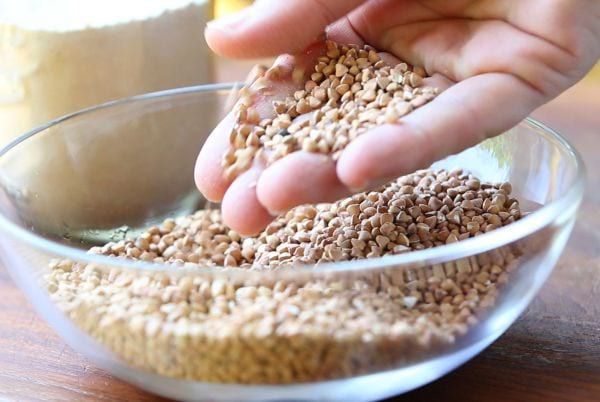
Now that we know all the intricacies and magic of buckwheat’s nutritional value, let’s talk about the benefits! When I think about the paleo diet, I think about eating the BEST possible foods for our bodies and minds.
When I think about eating the best foods, I also consider eating the widest range of foods possible. Once you do a paleo reset phase and eliminate all grains, it’s almost just as important to do some mindful reintroductions and see which foods your body likes.
A wide range of foods to choose from and less strict dietary restrictions make for a more enjoyable, sustainable, and satisfying diet overall. Buckwheat is often non-problematic for folks because it doesn’t contain any gluten, but is it worth it? Ultimately, it’s up to you to decide.
Here Are Some Of The Most Notable Benefits
- Buckwheat is a top food for good heart health. According to this research, buckwheat and oat consumption can reduce the risk of cardiovascular disease by addressing high cholesterol and hypertension.
- Buckwheat is an amazing plant protein. The paleo diet can feel a little meat-heavy to some. I like to take some meatless days here and there, and I rely on foods like eggs and gluten-free grains (or seeds, in this instance) to get my protein in and stay full. Buckwheat provides highly digestible protein in larger amounts than other gluten-free grains like rice and corn.
- Buckwheat is loaded with B vitamins. If you check out the nutritional information for buckwheat above and decode it a bit, you’ll find that many of those vitamin names are B vitamins. These can be particularly hard to get, and particularly pervasive if you’re deficient. Some examples include pantothenic acid, niacin, folate, thiamin and choline.
- Buckwheat is full of fibre. Fibre isn’t only important for keeping you feeling fuller for longer. It’s also a key component of healthy digestion, and it can really help get things moving along or keep you regular. Buckwheat’s resistant fibre, in particular, is great for managing healthy blood sugar levels and reducing food cravings which can aid in weight loss goals.
- Buckwheat is rich in antioxidant power. Flavonoids can be found in buckwheat making it an excellent choice for antioxidant consumption. Antioxidants act against free radical damage, supporting cellular health, reducing the risk of cancer, and managing inflammation.
- Buckwheat is generally non-allergenic. Because buckwheat is naturally gluten-free, it’s unlikely to elicit a strong adverse reaction – even in sensitive eaters. This is mainly what makes buckwheat an especially safe reintroduction grain to experiment with.
- Buckwheat is versatile in the kitchen. From a cooking point of view, buckwheat comes as kernels or as flour and can be used in both sweet and savoury dishes and in baking. See more notes below!
What To Watch Out For With Buckwheat
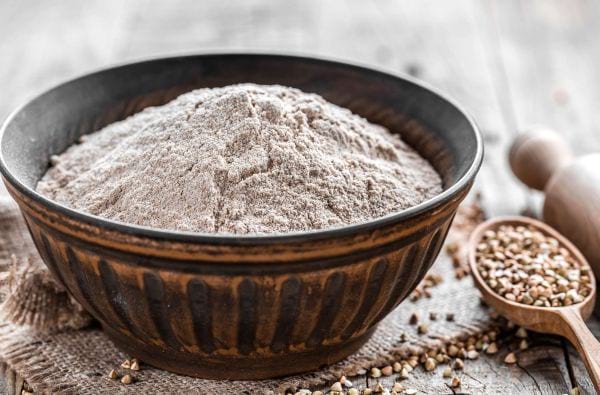
You’re probably thinking, “Wow! Buckwheat sounds perfect.” No food is without its caveats, though. Fortunately, in defence of buckwheat, those worries are small ones. It is important to consider the same downfalls that we do with most grains (and foods in general) though.
- You might be sensitive to it. In the rare instance that you have an allergic reaction to buckwheat, or even a mild symptom of intolerance (e.g. indigestion, bloating, heartburn, nausea, or inflammation, you should take note and avoid buckwheat. Most importantly, choosing to include a new “grey area” food into your modified paleo diet is highly individual and you should honour that.
- It might be too fibrous. If you’re stepping up your fibre intake or overdoing it, it can cause a serious bellyache. When adding significantly more fibre to the diet, it’s good to take it slow or you might be (unpleasantly) surprised. People with autoimmune issues like Crohn’s disease or IBS should be especially careful; extra fibre can make things significantly better, but these fibrous foods can also be highly irritating.
- Buckwheat can go rancid. Any food with a substantial amount of dietary fat is subject to rancidity. Not only does this diminish the quality in the taste of your food; it also impacts the nutrition. Those good essential fatty acids your body loves won’t be as effective, and their integrity is compromised. Always store buckwheat and buckwheat flour in a cool, dry place or refrigerate. Grab as much as you need at once from the bulk section and buy it in smaller amounts.
- It’s a calorie-dense food. While this isn’t a concern for everyone, it can be important to those who follow a modified paleo diet in terms of weight loss. Eat mindful, measured portions of buckwheat to ensure you’re not overdoing it.
- It contains anti-nutrients like phytates. Like most grains and legumes, a little prep work goes a long way to increase the bio-availability of the nutrient profile. By soaking and/or sprouting your buckwheat, you reduce anti-nutrients such as phytates that compromise your body’s ability to absorb all of its amazing nutrients by binding to the good stuff.
- Lectins are also present in buckwheat, which can cause GI distress and trigger an immune response. Lectin content is also reduced during the soaking, sprouting, and fermenting process. However, those with a leaky gut, autoimmune condition(s) or other digestive issues might want to stay away – even from properly prepared buckwheat.
How To Use Buckwheat In Cooking

So maybe now you’re looking to step outside of the box and experiment with grains. I think buckwheat can be a nutritious, inexpensive, and delicious staple in nearly anyone’s healthy, balanced, and modified paleo diet.
If you’re feeling experimental and your gut health is more or less intact, I have some gorgeous recipes you’ll love trying. Use this as a guide to just how versatile buckwheat can be, especially if you’ve never cooked with it before. You’re totally in for a treat! It works incredibly well to make sweet and savoury dishes alike. You can purchase buckwheat online, in health food stores and in most major supermarkets.
- Zesty buckwheat burgers from Nutrionicity
- Buckwheat meatballs from Sveta’s Recipes
- Raw buckwheat breakfast porridge from Oh She Glows
- Light & fluffy buckwheat pancakes from Goodness To Glow
- Buckwheat granola from Mom’s Kitchen Handbook
- Mediterranean buckwheat nourish bowls with halloumi from Nourish Everyday
Let me know what you think about buckwheat as a sustainable and nutritious addition to a paleo diet. Is this a food you’re willing to try?


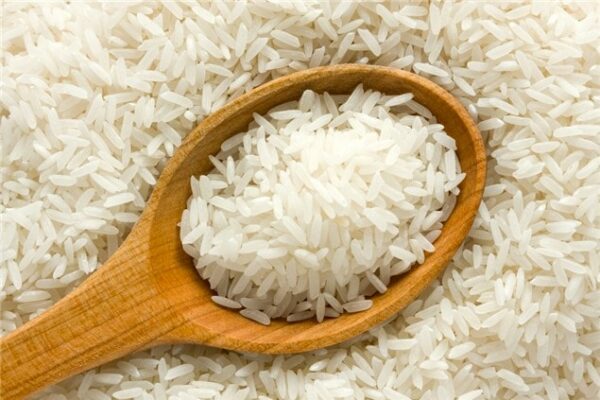
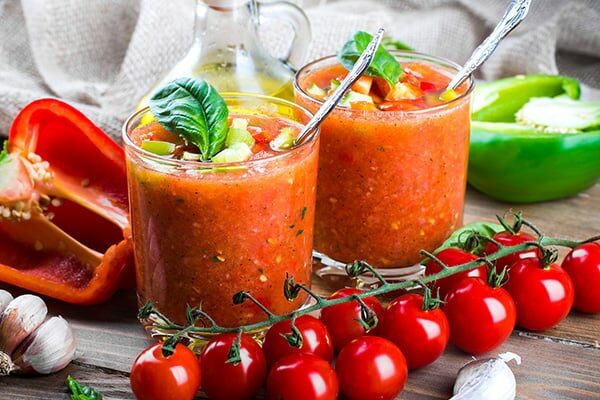
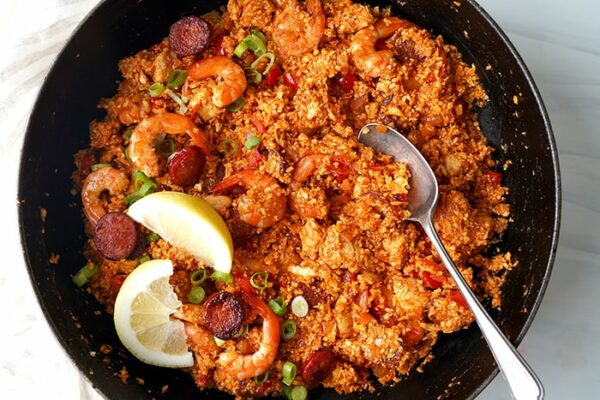
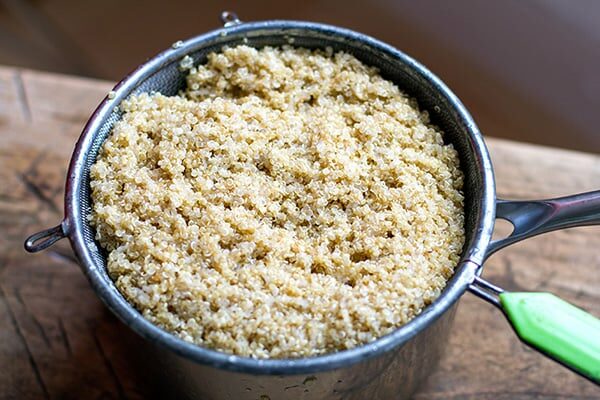
Love love love this post! Buckwheat is a favorite food of mine, but I had no idea just how healthy it is! Thanks for enlightening me.
Thanks for a post on buckwheat. Never knew buckwheat had that many ingredients and health benefits.
Welcome, it’s a good one to include in the pantry list.
Can I mix buckwheat with other non grain flours
I have
almond meal
Coconut
And tapioca flour
Can you tell me the ratio so I can mix all flours to make a flour mix
If you know ? Plz and thx
Hey Jan, I don’t have the exact ratios for you but you can definitely use buckwheat flour with the others. Buckwheat flour is more similar to regular flour in terms of the elasticity you would get in the dough, so it’s great to mix in with other flours. You could try something like 1/1/1 of buckwheat, almond meal and tapioca. If you use coconut flour, you only need a little bit of it as it can tend to dry out the baked goods.
Hello Irena,
Thank you so very much for this clear and open-minded article! Rarely do I read an article about paleo that contains so much unbiased information.
All the best,
Michael
Thanks, Michael. I am glad you find it useful.
Could using yeast and overnight processing get rid of lectins in buckwheat flour?
I am not sure about using yeast, I haven’t heard of that being used to reduce lectin content before. Soaking will definitely remove some and then cooking will also lessen the amount slightly.
Great article thanks. We’re gonna introduce it to our paleo meals based on your comments here.
In your opinion, is there any added benefit of soaking the buckwheat over night?
Thanks
As with most grains and pseudograins, soaking does help to decrease some phytic acid and make them easier to digest. Buckwheat grains are quite small so you don’t need to do it overnight, 4-6 hours should be plenty.
Love your post! And your site in general. For me eating strictly paleo is a bit hard as starchy veggies will spike my blood sugar through the roof. Buckwheat doesn’t so it’s a great way for me to get my carbs in! Thanks for the post
Glad you find it helpful, Irene 🙂
Hi Irena, I love all the information about Buckwheat you’ve posted. I was wondering if there is any way of measuring lectin content in buckwheat and in general with other things as well? Or maybe a percentage as to how much lectin content it will reduce after socking and fermenting?
Hey Flavia,
There is no way that I know that you can measure the lectin content yourself. There are a few articles around on the web about various foods, I would do a bit of searching for buckwheat specifically as there may be a scientific paper on that. Like this one https://www.sciencedirect.com/science/article/abs/pii/0963996994900965 In general, from my own research, the lectin content is reduced by 50%-90% in various foods (again, depends on how long it’s been cooked, or say fermentation reduces it even higher).
I hope this helps.
The 12:1 ratio of Omega 6 to Omega 3 Fatty acids has me concerned. My understanding is we should be aiming for a 1:1 ratio., and that too high consumption of Omega 6 fatty acids has adverse health effects. Your thoughts on this.
We need both omega-6s and omega-3s and ideally, you are looking for 1:1 to 1:3 or so. My thoughts are if you want to diversify your paleo diet with more foods, then simply increase your omega-3s. Having some buckwheat? Pop an omega-3 supplement or have a piece of salmon or some sardines. The 12:1 ratio is only a concern if you have buckwheat every day and you don’t eat any omega-3 high foods.